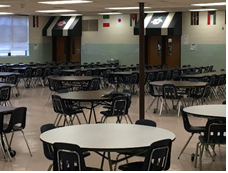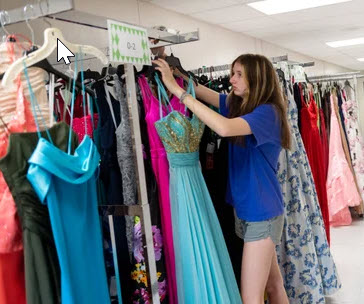How Healthy Is School Lunch at Falls Church High School?
January 25, 2018
What do you think of when you hear the two words school lunch? Unhealthy? We at The Jagwire set out to see if this age old rumor is really true. The benchmark for the amount of calories needed for healthy adults is around 2,000. Teenagers typically eat more because of their growing bodies. According to the MyPlate model, we want our largest number of calories coming from vegetables, then grains, followed by protein, and finally fruit.
A teenage girl should get about half of her calories from food with carbohydrates like vegetables and grains, about ten to thirty percent of her calories should come from protein, followed up by fats which should only consist of about twenty-five to thirty-five percent of a daily calorie intake.
A teenage boy is recommended to get forty-five to sixty-five percent of his calories from foods with carbohydrates, about twenty percent of his calories from protein and then about twenty-five to thirty-five percent of calories from fats, give or take a few percentage points.
When asked about the food preparation methods here at FCHS, cafeteria manager Daryl Jones said that “We get here at around 5:30 in the morning and prepare for the day, we also do meals on wheels out of this cafeteria.”
Regarding the nutritional content of the food, he said, “We have made great strides in the last couple of years, cutting out some sodium and lowering the fat content in the food.” Mr. Jones also said “all of the food goes through the Food Services Nutrition Center, they have guidelines on what we can and cannot serve.”
With all of this in mind, it is clear that cafeteria food actually quite healthy and good for you, and really not as bad as people say. The nutritional values on the food are good and give you the fuel you need to get through the rest of the day. Sodium and fat levels are low in the food and it does not give you empty calories. Some of the options given can be rather good and provide a pretty good eating experience. If you don’t regularly eat school lunch, give it a shot—you may be pleasantly surprised.

(Photo by Curran Gilster)




